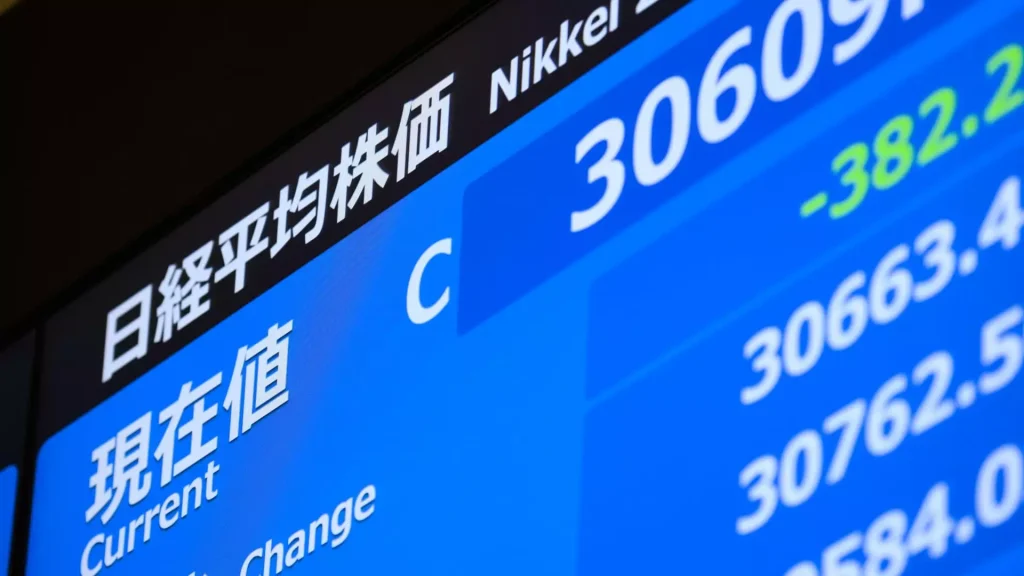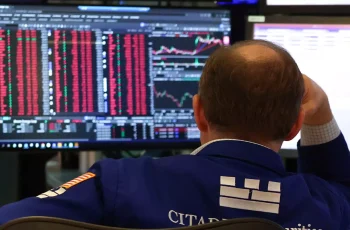The landscape for Japanese government bonds has shifted dramatically, with the 10-year JGB yield reaching levels not seen since the summer of 2009, currently near 1.5%. This surge highlights the fragile state of global finance and raises questions about whether signs of economic advancement might mask deeper issues.

The recent bond sell-off, affecting not just Japan but stable economies worldwide, reflects investor unease. The 10-year U.S. Treasury yield has climbed to 4.317%, prompting a flight from bonds that triggers a domino effect across markets. Japan’s unique economic blend of traditional structures and modern expectations complicates the situation. Despite speculation of potential rate hikes by the Bank of Japan (BOJ), local investors remain cautious, likely due to over a decade of ultra-loose monetary policy.
Yujiro Goto points out the lack of supportive supply-demand dynamics in the JGB market, while the anticipated fiscal spending by the EU and Germany raises broader economic implications. If such spending is seen as a quick fix rather than a sustainable approach, it could lead to inflated expectations and reliance on unsustainable growth.
Shinichi Uchida’s comments about aligning BOJ rates with market speculation may further erode trust in financial stewardship, suggesting that investor sentiment is more about managing perceptions than actual economic health. Compounding these issues is persistent inflation, with rates above the BOJ’s 2% target for over 34 months, indicating deeper structural failures.
As the financial year ends, investor caution grows, with Japanese banks hesitant to engage in the market. This conservatism reflects broader uncertainties in the global economy. The intertwining of systemic issues and investor psychology necessitates vigilance in discerning fact from speculation while navigating an increasingly unpredictable financial landscape.


